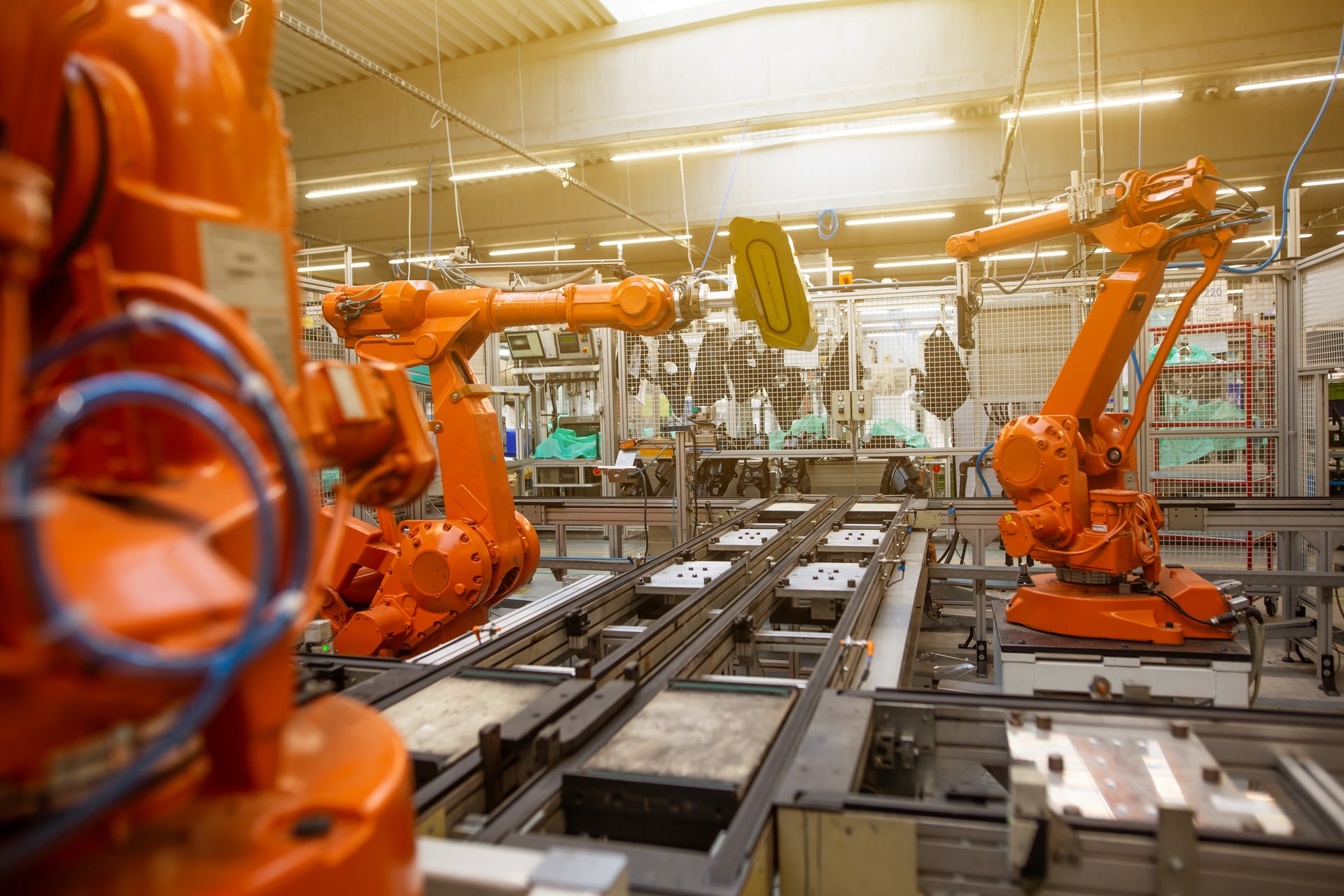
Make the Most of an Automated Assembly Line With These Tips
September 13, 2022 - Ellie Gabel
Revolutionized is reader-supported. When you buy through links on our site, we may earn an affiliate commision. Learn more here.
When manufacturers want to make major facility improvements, they often investigate the potential of adding an automated assembly line. Following some best practices can improve the chances that such technology implementations succeed and give decision-makers the outcomes they expect.
Consider How an Automated Assembly Line Would Improve Business
People thinking about deploying automation for an assembly line should start by thinking about the specific processes they want to enhance. From there, they can explore how those improvements would support the business now and into the future.
Leaders at Ricoh UK Products Ltd. wanted to improve printer cartridge production. They automated parts of the process related to the shutters that open and close the cartridge caps while the printer operates. The suggested solution involved using three robots that communicate with each other during production. That setup is impressively fast. It takes only 7.5 seconds to join five parts to the printer cartridge body, completing the component’s assembly.
The robots also load the finished cartridges onto packing trays. Then, workers swap the full trays for empty ones as needed. This process keeps production running smoothly by minimizing interruptions.
Company representatives reported it was primarily cost that compelled them to look at automation options. Leaders determined that the printer cartridge assembly was an ideal activity for robots. Plus, they realized that doing it without the help of automation would prove too costly.
However, as they soon discovered, efforts to make an automated assembly line often provide multiple benefits. Company representatives appreciated the robots’ high reliability and how they improved quality control. They also liked how the robots were easy to use and boosted the company’s profitability potential.
Choose Relevant Metrics to Track
An automated assembly line will often need optimization tweaks after its installation. That’s why leaders should take the time to select metrics and evaluate them over time. Tracking trends like that makes it easier to see if a company’s automated machinery is on target for giving the desired outcomes. Alternatively, statistics can show if it’s necessary to make further adjustments.
While overseeing a factory that produces Lockheed Martin F-35 Lightning II combat aircraft, leaders wanted to streamline an existing process. They realized the system of moving airplane parts to different stations for assembly was too inefficient. That process involved an overhead monorail that required crane operators. It also needed floor staff to rig the fuselage parts and ensure the safety of nearby people on the ground.
The executives worked with an automation specialist to develop and install an integrated machine tool transfer line that would improve how fuselage parts reached their designated stations. They also kept records to see what changed once the production facility implemented automation.
People involved with the automated assembly line transition recorded a 26% decrease in hours per unit. That equalled a change from 132 to 98 hours. The number of monorail movements needed to take the fuselage parts to the right places went down to two from an initial 18, as well.
Due to a 75% reduction in the timespan to manufacture forward fuselages, the Lockheed Martin facility can make up to 20 per month. The factory’s leaders said the biggest benefits were the reduced time and part movement enabled by the automation. However, they also mentioned that the changes provided better worker ergonomics. That’s likely because one of the improvements is an automated drill that makes about 500 holes in the fuselage material.
Identify the Most Time-Consuming or Error-Prone Processes
It’s not always easy to know which tasks are the best candidates for improving with an automated assembly line. However, a good starting point is often to explore which tasks take people the most time or which duties have the highest rates of mistakes.
At the General Motors Factory ZERO plant, a facility solely dedicated to electric vehicle production, automation is part of the production at various stages. One of the earliest steps involves using a robotic 3D-scanning system. That technology measures a car’s frame and body to verify all its dimensions are within specifications. The equipment also generates a color-coded map. It shows factory workers how far a particular part or section is outside the defined parameters.
This stage of the process took six hours before becoming automated. However, the total time is now down to just two hours. It allows factory workers to spot problems sooner. Then, they can fix them earlier and avoid slowdowns or quality control issues.
Automation is also part of the dynamic vehicle checks that occur near the end of production. Robots perform alignment checks to see if the headlights aim their beams correctly. Humans also carry out specific examinations.. One requires hooking the vehicle up to a pair of dynamometers. They mimic driving conditions as realistically as possible. Doing this allows checking the battery pack and brakes to identify any problems before the car leaves the factory.
Creating an automated assembly line doesn’t mean moving entirely away from manual processes. It also doesn’t require letting advanced machines fulfill all the duties humans once did. Decision-makers often get the best results when they assess which assembly line processes would most benefit from automation. The four-hour timeframe reduction for measuring the components is a good example of what’s possible.
Think About the Factory’s Future
Choosing to transition to a fully or partially automated assembly line is a major decision that requires carefully weighing the pros and cons. However, it can be easier to move ahead with automation when leaders realize how upgrades could put the company in a better position. Sometimes, that means using automation to conquer known obstacles and become more resilient for the future.
In one case, executives at a manufacturing plant for high-tech dental equipment wanted to reduce the outsourcing necessary to keep production flowing. The company’s original process also required the hand-loading of parts onto machinery. That was a cumbersome task since the company had only three employees per shift at the time.
Company leaders knew staying competitive in the marketplace required achieving a faster cycle time and better reliability. Also, they could never fully outsource a part because the external companies were too costly or unable to meet quality expectations.
Representatives moved ahead with automation upgrades that included a robotic drill and arm. The results enabled an impressive reduction of more than 50% in cycle time. Since the automated elements enabled 24/7 operations, the company nearly tripled its throughput. It also minimized outsourcing costs because it was no longer as necessary to depend as much on outside help.
All these improvements should put the company in an excellent position to prosper and continue meeting clients’ needs. It’s vital for company leaders to explore which factors make it difficult or impossible for them to grow and remain flexible. Then, they often discover which processes are excellent automation candidates.
Is an Automated Assembly Line Right for You?
Having an automated assembly line installed in a factory is a significant undertaking that often requires insights from expert service providers. However, as these real-life examples show, becoming more reliant on automation can provide significant benefits, regardless of what a company produces.
Revolutionized is reader-supported. When you buy through links on our site, we may earn an affiliate commision. Learn more here.
Author
Ellie Gabel
Ellie Gabel is a science writer specializing in astronomy and environmental science and is the Associate Editor of Revolutionized. Ellie's love of science stems from reading Richard Dawkins books and her favorite science magazines as a child, where she fell in love with the experiments included in each edition.




